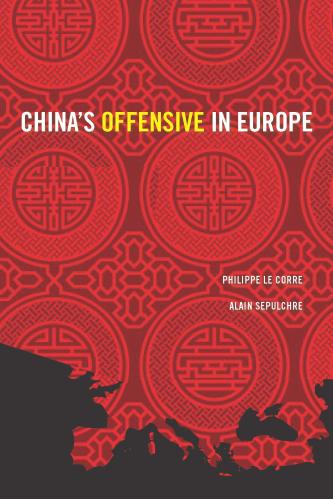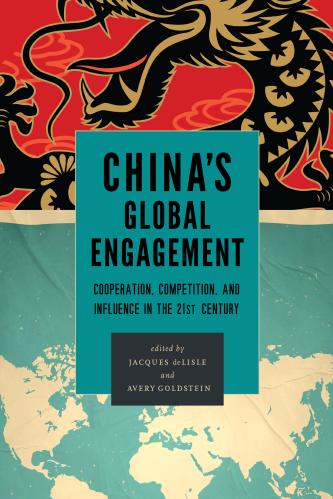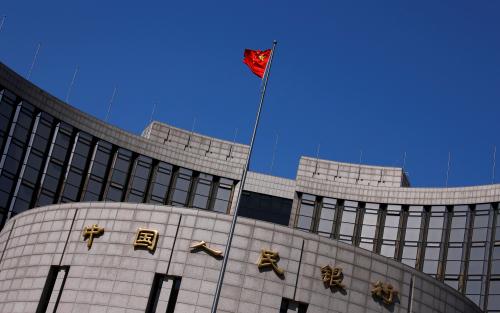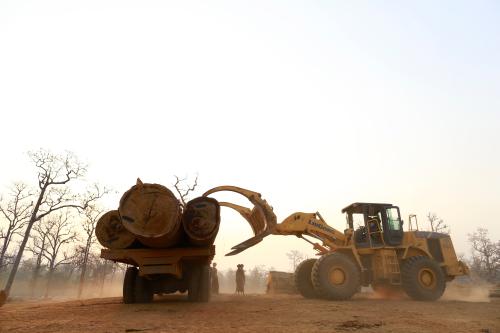At a critical EU-China summit on April 9 in Brussels, European Union (EU) members and China agreed on a road map for specific bilateral trade arrangements aimed at drastically reducing unfair trade practices and subsidies. A possible final trade-related agreement involving the World Trade Organization (WTO) will follow soon. Adjudicated by the WTO, that agreement may satisfy Europeans demanding freer access to China’s protected market for exports and investments. The prospective agreement will also further advance China’s ambition to become the world’s 21st century superpower, mainly by acquiring full access to the huge European market. The country’s Belt and Road Initiative (BRI) offers a vital platform to help get there.
The Silk Road project
BRI represents, in fact, three roads with vital subroutes (Figure 1). The first is over land and revives the ancient Silk Road from China’s Sinai to Rome. On its northern branch, the road reaches from China to Russia; a southern route connects China to Europe through Iran. Combined, these routes pass through Asia and Africa, linking East Asia with Europe and Russia.
The maritime portion of the Silk Road links China’s seas with the Mediterranean through the Indian Ocean, the Arabian seas, and the Red Sea. An e-Silk Road exists as well, digitally linking not only countries and regions already engaged through the Silk Road, but also any country wanting to take advantage of Chinese investment and trade opportunities.
In addition, a “String of Pearls” strategy focuses mainly on the acquisition of strategically valuable ports, including the Greek port of Piraeus in Athens. The next pearl along the route is set to connect to ports in Italy.
This huge multipart undertaking will connect land and sea routes for the efficient ferrying of goods and services between East and West, focusing on creating transport and energy infrastructure as well as maritime investments in strategically important ports. These land and sea routes will undoubtedly affect Europe. Member states are divided over whether to cooperate with China on its giant project.
Figure 1
Source: The Wall Street Journal
EU: To create or divert trade with China?
The China-EU trade balance is the first reason cited by European BRI doubters. They fear a deteriorating trade deficit that could emerge if China keeps its market substantially protected. In 2018, the EU’s trade deficit with China was 185 billion euros. The 28 countries of the EU exported 210 billion euros’ worth of goods and services to the Chinese market while imports from China totaled 395 billion euros (Figure 2).
Figure 2
Source: Eurostat
On the one hand, China is the EU’s top trading partner, accounting for 20 percent of EU imports. On the other, China absorbs 11 percent of the EU’s exports, ranking the country second in terms of the top destinations for European products. The U.S. is number one, absorbing 21 percent of the EU’s exports.
A second reason cited by skeptics relates to the composition of trade (Figure 3). Telecommunications equipment from China is a big share of that (around 60 billion euros’ worth). One contested aspect within Europe’s telecom sector relates to Huawei competing for 5G networks in Europe. The EU wants to protect 5G networks from potential security risks and Huawei is clearly a suspect.
The EU also imports Chinese consumer electronics worth almost 20 billion euros, furniture worth 10 billion euros, and other household equipment worth 10 billion euros. Thus, entry points to the EU are of vital importance to China, which explains the country’s keen interest in the port of Piraeus. It also explains China’s rapprochement last month with Italy regarding its ports. Italy’s government signed a Belt and Road memorandum of understanding (MOU) with China on April 3, making it an official BRI participant (see piece in The Diplomat).
Figure 3
Source: Eurostat
Piraeus as a backdoor?
“One country isn’t able to condemn Chinese human rights policy because Chinese investors are involved in one of their ports,” European Commission President Jean-Claude Juncker said on Monday, adding: “It can’t work like this.” (as quoted in an April 3 Bloomberg piece). Juncker was clearly referring to Piraeus.
But Greek officials (and the Italian government to some extent) seem to have few such reservations. Greece badly needs new investments and infrastructure to jump-start its anemic recovery, reduce unemployment, and boost competitiveness. As one signal of their enthusiasm, the Greek prime minister is preparing to participate in the Second Belt and Road Forum for International Cooperation to be held in late April in Beijing. For its part, Italy is entering a recession; its eagerness to join the Chinese scheme may signal Europe might not be united in hewing to a reserved stance vis-a-vis China.
Chinese state shipping giant COSCO has heavily invested in Piraeus port during the past decade, transforming it into the Mediterranean’s busiest trade port, along with Valencia, Spain. Piraeus is fast becoming a central hub in the eastern Mediterranean, due in large part to COSCO’s systematic investment that expanded and modernized the port. COSCO’s target for Piraeus is for it to become the biggest European port over the next decade by doubling mainly the unload capacity. Chinese President Xi Jinping made particular reference to Piraeus in his keynote address during the First Belt and Road Forum for International Cooperation in May 2017.
Currently, COSCO has proposed to further develop the port. As it now holds the majority of shares of Piraeus Port Authority S.A., in January 2018, it submitted a master plan to invest heavily in upgrading port facilities as part of a multimillion-euro privatization deal. The plan prioritizes construction works, logistics, and the construction and management of three hotels and a shopping mall. The cruise sector, in particular, is subsequently expected to grow because the necessary facilities for the sector to thrive will be improved.
More delays are coming?
All good so far, yet the devil is in the details. The Greek archaeological council decided recently to obstruct planned investments by characterizing the largest part of the Piraeus port area as an area of archaeological interest that must be protected—protected from business activity regarding new construction and/or old building renovations. According to rumors, the unusual delay (15 months) in giving a positive government response to COSCO is due to heavy pressures put on the Greek government by certain western countries interested in postponing or even canceling the project. Just a few days ago, and after the China-Italy MOU, the committee of new monuments of the Ministry of Culture gave a partial green light to the project but with major caveats. The government says that there is no real threat to the planned investments, but COSCO is prepared to make only a few minor changes to its master plan without altering the substance of it.
Similar obstacles were raised by both the Greek authorities and the committee of new monuments of the Ministry of Culture with respect to another big Chinese company, Fosun. Fosun has participated in the international contest to develop part of the so-called Athenian Riviera project, which will entail an upgrade of Hellenikon, the old Athens airport. The target here is to create the Monaco of the Eastern Mediterranean.
As part of the BRI, COSCO serves as a platform for realizing Beijing’s political and commercial ambitions in Europe. Only time will tell whether Europe can be an equal partner or if the region will become a mere “appendage of Eurasia” as China’s ambitions expand—a fate Henry Kissinger warned of in a 2018 interview with Ed Luce of the Financial Times.










Commentary
China’s backdoor to Europe
April 15, 2019